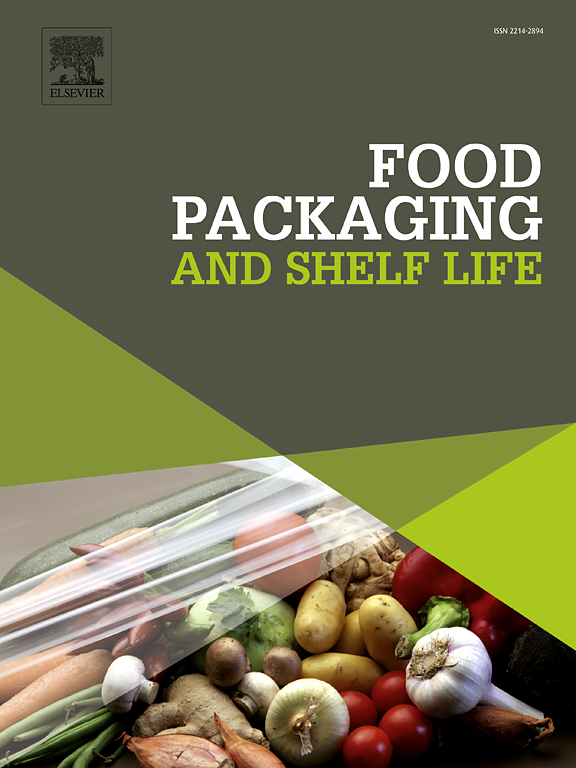Cold plasma activated edible coatings: A status review on the impact on edible coating properties, fresh produce quality, and the sustainable development goal paradigm
IF 8.5
1区 农林科学
Q1 FOOD SCIENCE & TECHNOLOGY
引用次数: 0
Abstract
Edible coatings (ECs) as biopolymers are sourced from natural materials such as polysaccharide and protein. These natural biopolymers are sustainable alternatives to synthetic polymers, as they are accessible, available, renewable, and biodegradable. Despite these advantages, the applicability of ECs is limited as a result of their strong hydrophilicity, and thermo-mechanical barrier attributes. Thus, various modification strategies including ultrasound, ultraviolet radiation, high pressure processing, pulse electric field and cold plasma have been applied to enhance these properties. Cold plasma technology has recently emerged as a potential candidate to enhance the functional properties of ECs due to its non-thermal properties. Therefore, this review aims to assess the advancements of cold plasma to structurally and chemically modify the unique attributes of edible coatings for fruit packaging application. In addition, the synergetic effects of ECs and cold plasma treatments on the biochemical, physical, and microbial qualities of fresh produce during postharvest storage were discussed. Furthermore, the review highlights the research gaps, guiding the future investigation for the integrated cold plasma and ECs application for fresh produce packaging, with the focus on addressing United Nations Sustainable Development Goals (#SDG).
冷等离子活化食用涂层:对可食用涂层特性、新鲜农产品质量和可持续发展目标范例影响的现状综述
本文章由计算机程序翻译,如有差异,请以英文原文为准。
求助全文
约1分钟内获得全文
求助全文
来源期刊

Food Packaging and Shelf Life
Agricultural and Biological Sciences-Food Science
CiteScore
14.00
自引率
8.80%
发文量
214
审稿时长
70 days
期刊介绍:
Food packaging is crucial for preserving food integrity throughout the distribution chain. It safeguards against contamination by physical, chemical, and biological agents, ensuring the safety and quality of processed foods. The evolution of novel food packaging, including modified atmosphere and active packaging, has extended shelf life, enhancing convenience for consumers. Shelf life, the duration a perishable item remains suitable for sale, use, or consumption, is intricately linked with food packaging, emphasizing its role in maintaining product quality and safety.
 求助内容:
求助内容: 应助结果提醒方式:
应助结果提醒方式:


